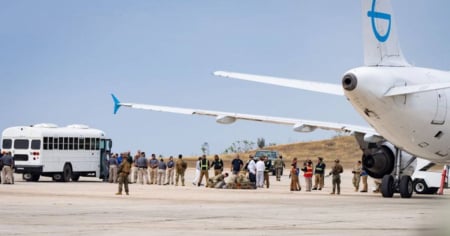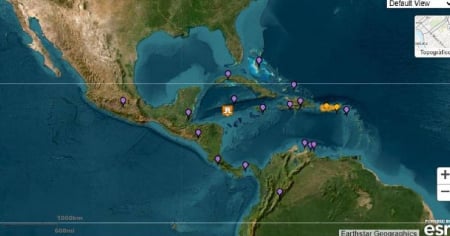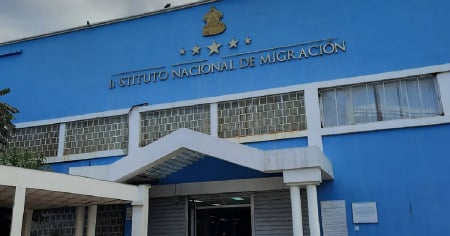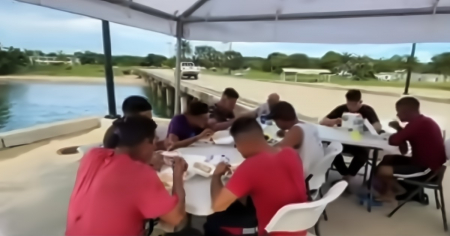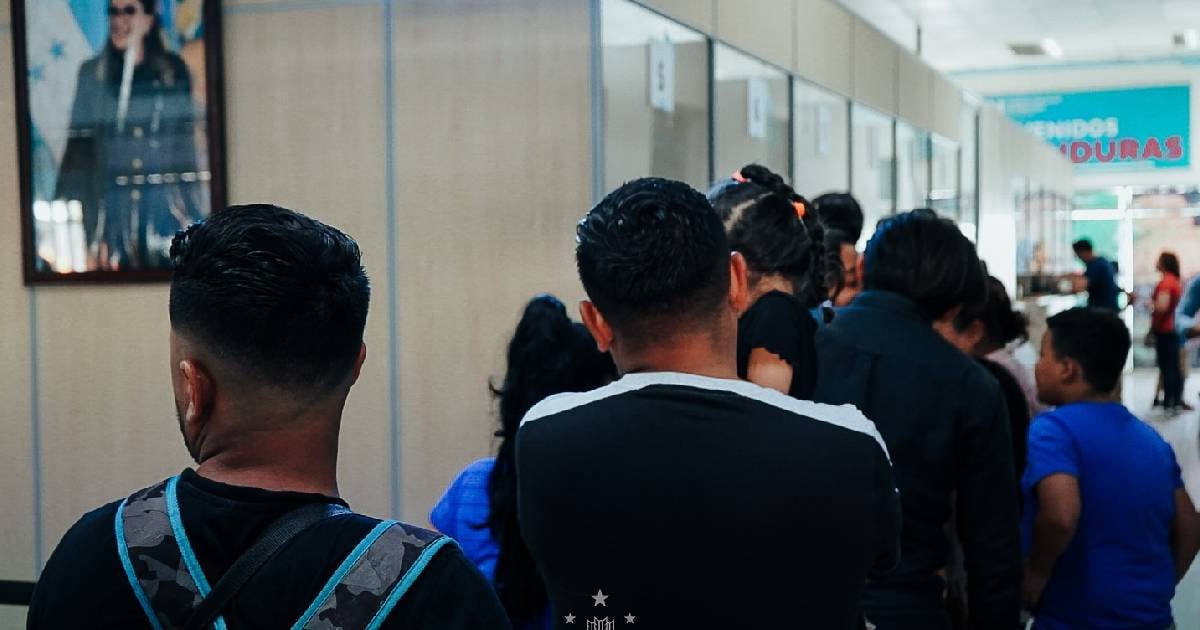
Related videos:
In the early months of 2025, Honduras has experienced a decrease in the number of migrants passing through its territory. According to data from the National Migration Institute (INM), this reduction is attributed to increased border control and the immigration policies implemented in the region.
Despite this general trend, the route used by Cuban citizens to cross through Honduras and continue to the United States remains active and with a steady flow.
These migrants typically enter the country from the east, specifically through the municipalities of Danlí and Trojes, in the El Paraíso department. This region has become a regular entry point due to its proximity to Nicaragua, a country that does not require a visa for Cuban citizens.
According to recent migration data, between January 1 and February 28, 2025, a total of 2,337 Cuban migrants entered Honduras irregularly, using exclusively land routes.
Most of these migrants were registered in the Danlí delegation (2,224 people), while a smaller number passed through Choluteca (113 people).
The analysis by age group reveals that most Cuban migrants during this period are between 21 and 40 years old, with the 31-40 age range being the largest, comprising 598 individuals, followed by the 21-30 age group with 641 individuals.
Additionally, the presence of 192 children under the age of 10 was recorded, highlighting the migration of entire families.
Regarding gender distribution, it was noted that 1,005 men and 868 women crossed the Honduran border, in addition to 240 girls and 224 boys.
In 2024, more than 60,000 Cuban migrants crossed Honduras on their way to the United States, according to data from the INM.
In the first two months of 2024, 11,082 Cuban migrants entered Honduras irregularly, which represents a reduction of 78.9% compared to 2025, when 2,337 Cuban migrants were reported.
The main difference between the two periods lies in the method of entry. In 2024, most Cuban migrants were registered through internal controls (9,719 cases), suggesting that many were detected within the country rather than being reported directly upon crossing the border.
In contrast, in 2025, 100% of Cuban migrants entered through land routes and were counted at border points.
Experts in migration indicate that the economic and political crisis in Cuba remains the main factor driving its citizens to emigrate. Additionally, the easing of certain policies in Nicaragua has made it easier for Cubans to use this route to leave the island and seek better opportunities in North America.
While Honduran authorities monitor the situation, international organizations have expressed their concern about the risks that migrants face during their journey through Central America, including extortion, abuse, and arbitrary detentions.
Frequently Asked Questions about the Migration of Cubans through Honduras to the United States
Why is the Cuban migration route through Honduras still active?
The Cuban route remains active due to Honduras' proximity to Nicaragua, a country that does not require a visa from Cubans. This facilitates the initial transit from Cuba to Honduras, where migrants cross Honduran territory to continue on to the United States. Despite the overall decrease in migratory flow, Cubans continue to use this route because of the economic and political conditions in Cuba.
What data do the statistics on Cuban migration in Honduras in 2025 reveal?
Between January 1 and February 28, 2025, 2,337 Cuban migrants entered Honduras irregularly. Most of them were recorded at the Danlí delegation in the department of El Paraíso. This figure represents a significant decrease of 78.9% compared to the same period in 2024, when 11,082 Cubans entered. This reduction is largely due to stricter border controls and more effective detection of migrants.
What is the demographic profile of Cuban migrants crossing Honduras?
El análisis por grupos de edad muestra que Most Cuban migrants are between 21 and 40 years old. El grupo más numeroso es el de 31-40 años, con 598 personas, seguido del grupo de 21-30 años con 641 personas. También se registró la presencia de 192 niños menores de 10 años, lo que indica que muchas familias enteras están migrando. En cuanto al género, se identificaron 1,005 hombres y 868 mujeres, además de 240 niñas y 224 niños cruzando la frontera hondureña.
What are the risks faced by Cuban migrants on their journey through Central America?
Cuban migrants face numerous dangers during their transit through Central America, including extortion, abuse, and arbitrary detention. The migration route can be perilous and is fraught with challenges, especially in regions where state control is limited and migrants are vulnerable to exploitation by criminal networks.
Filed under:

